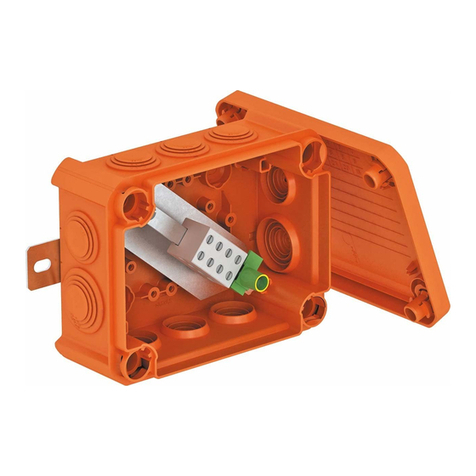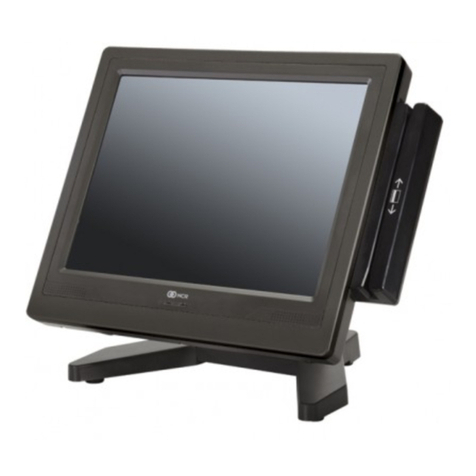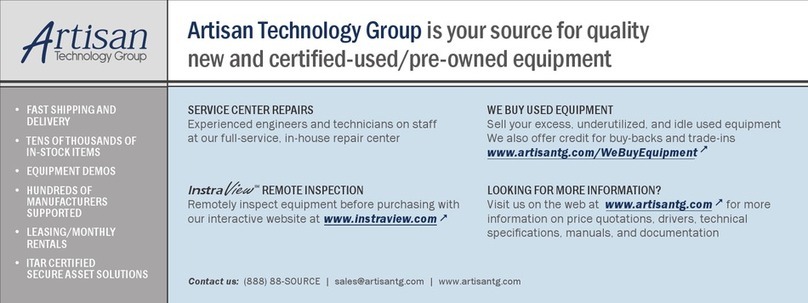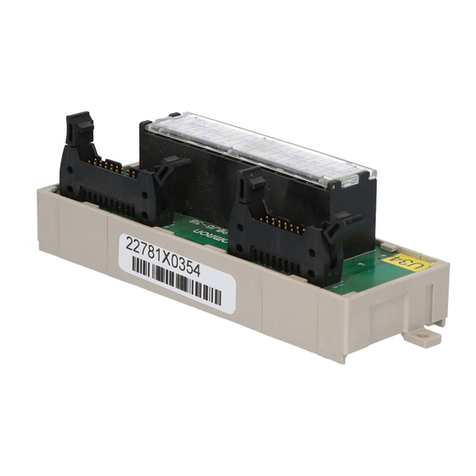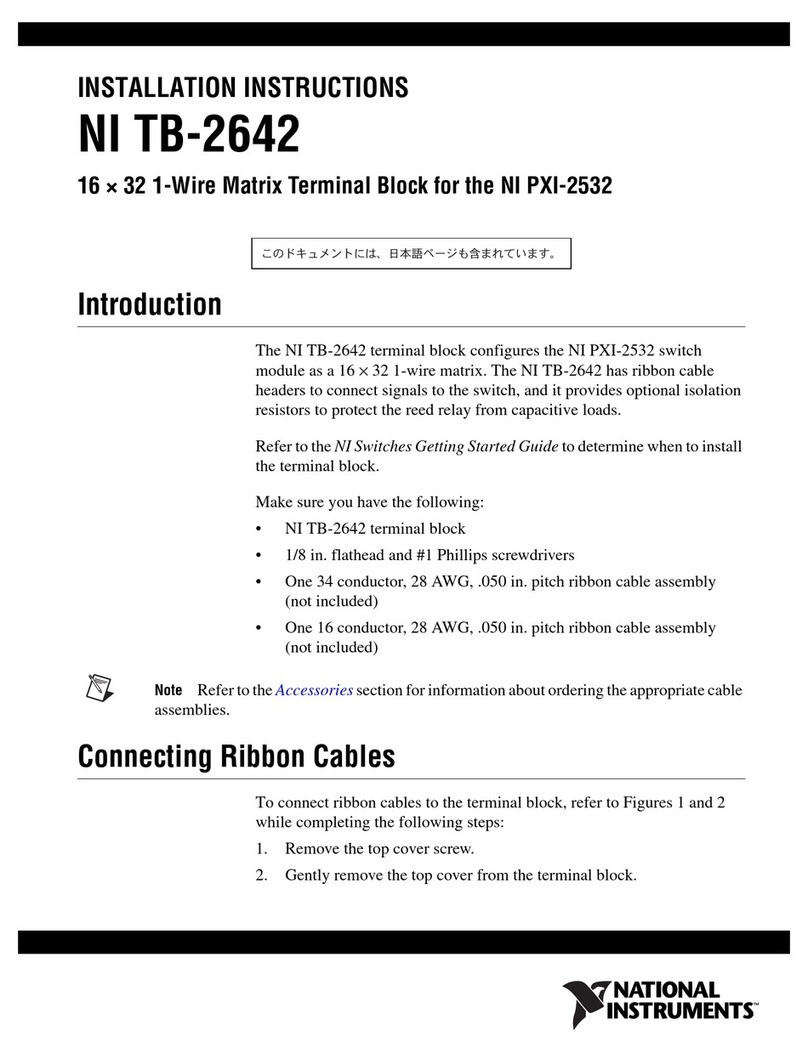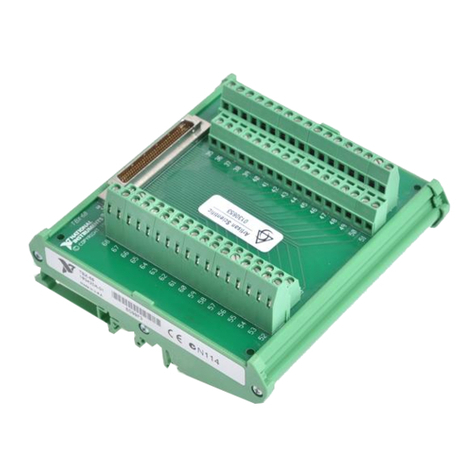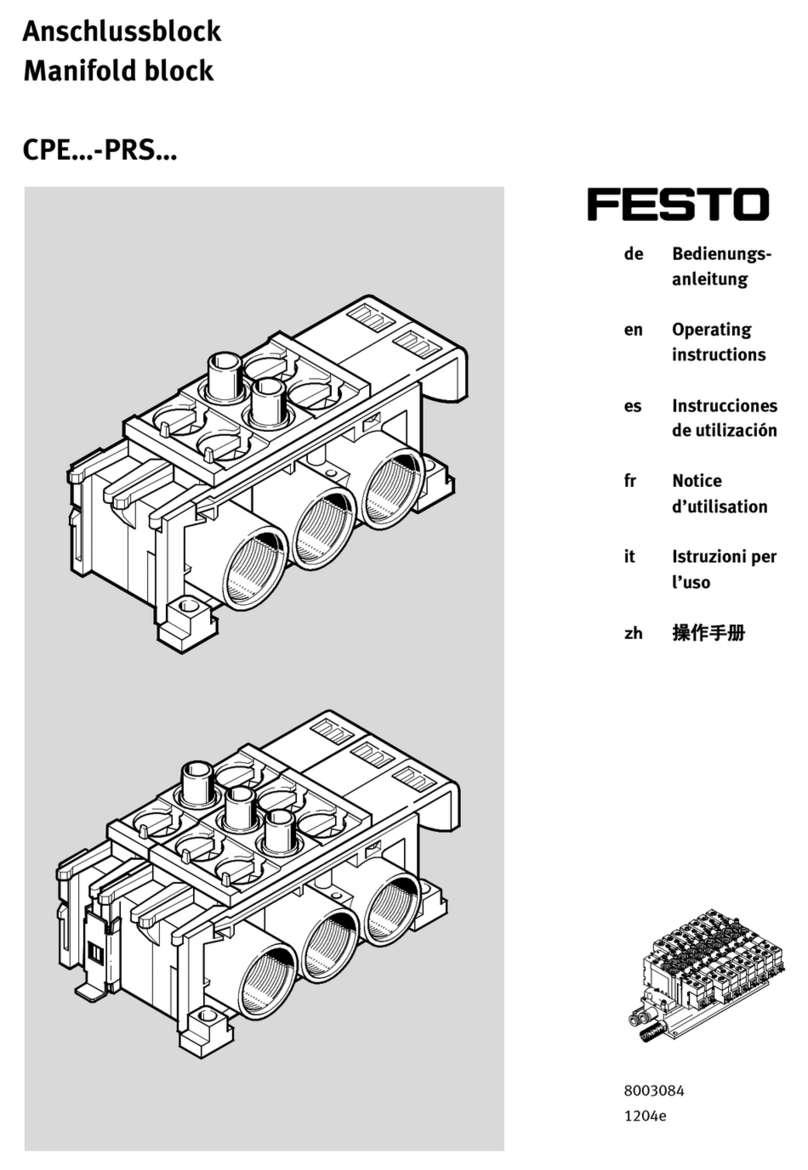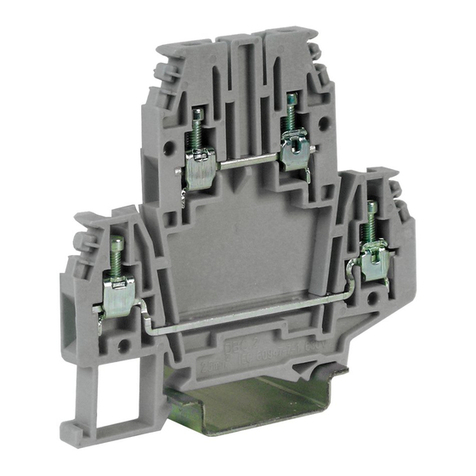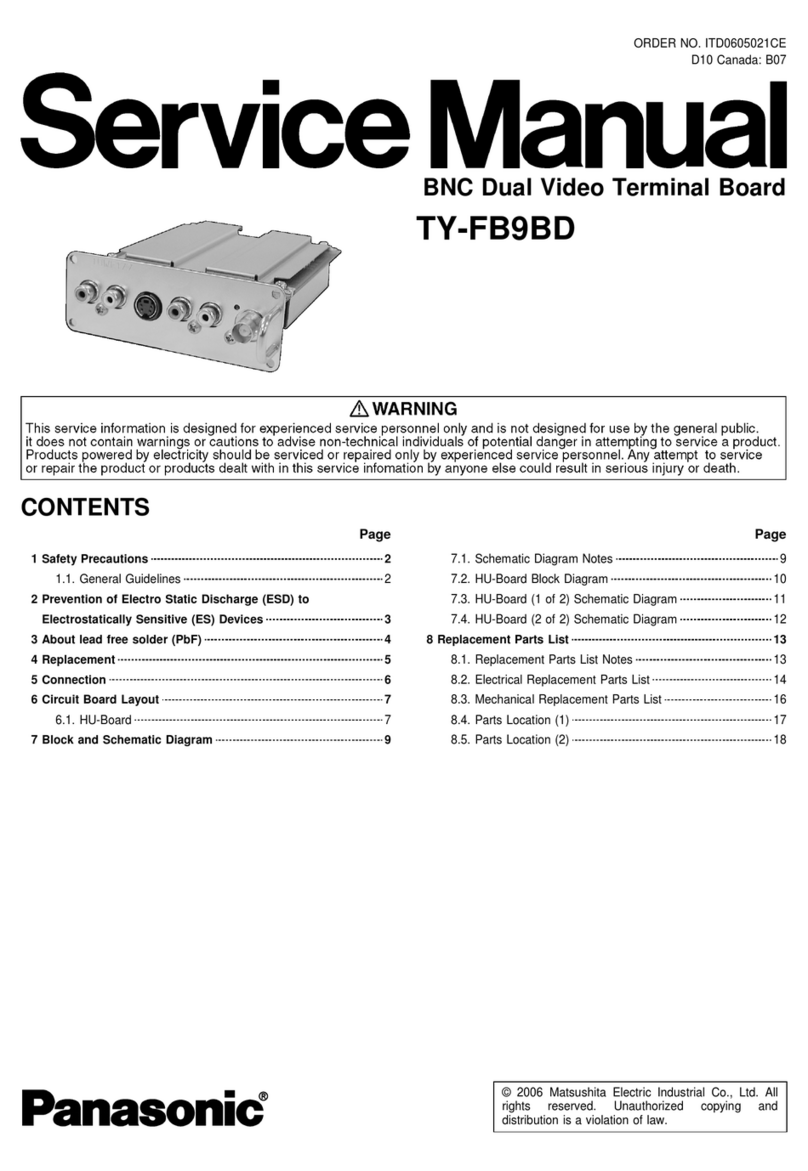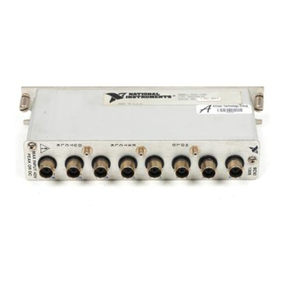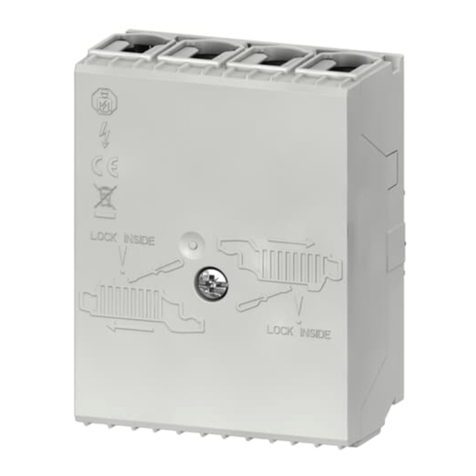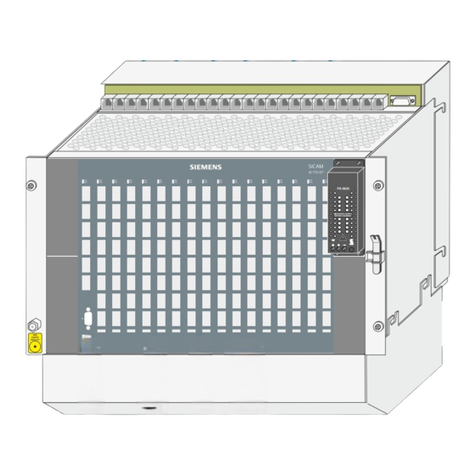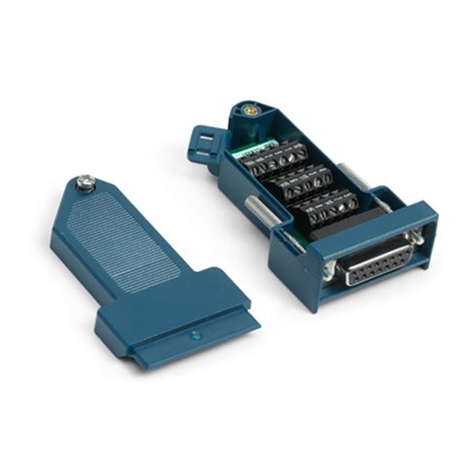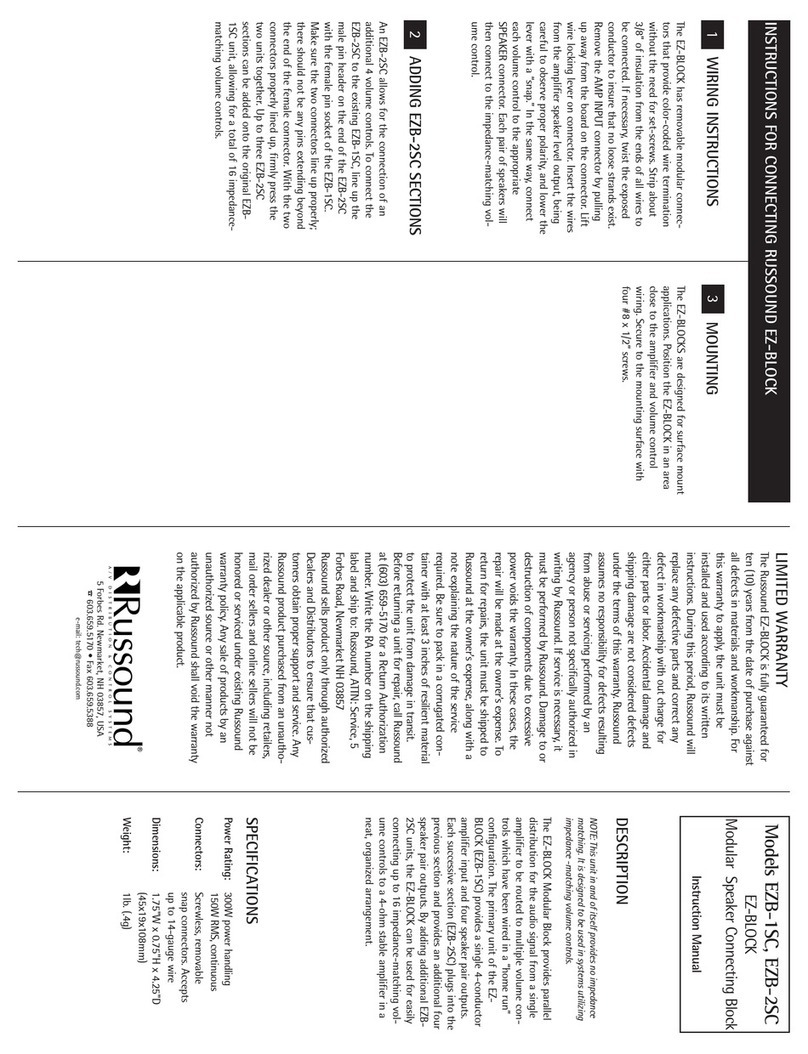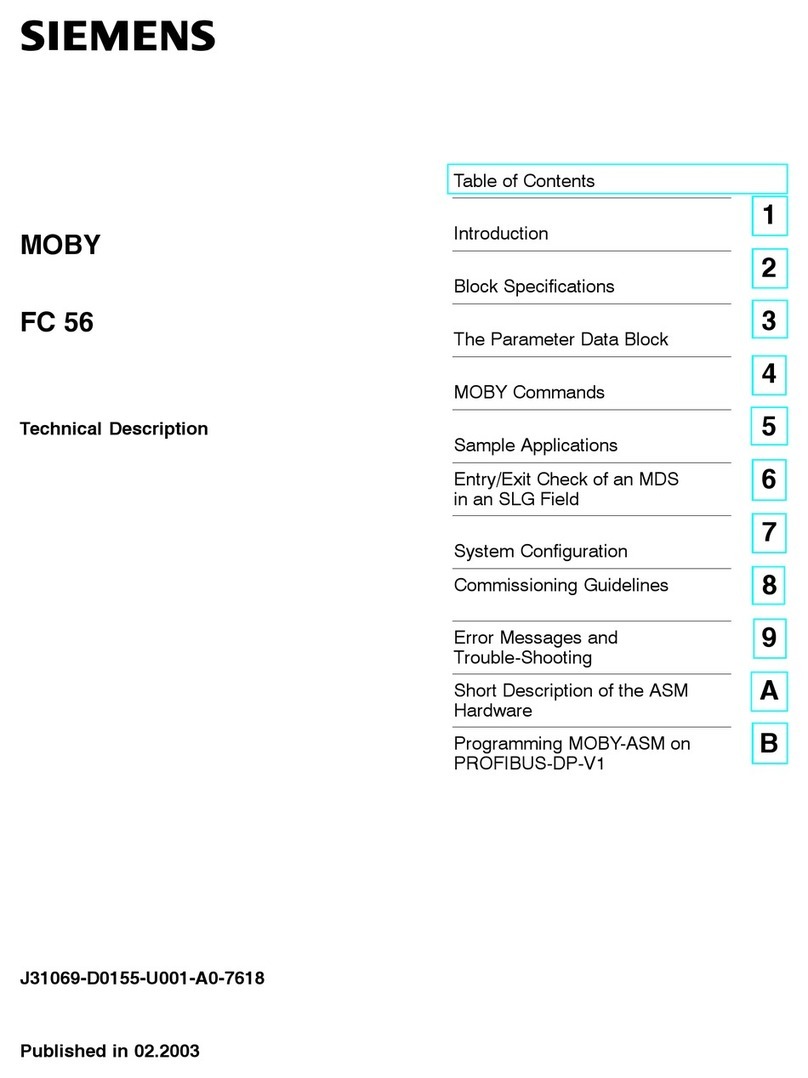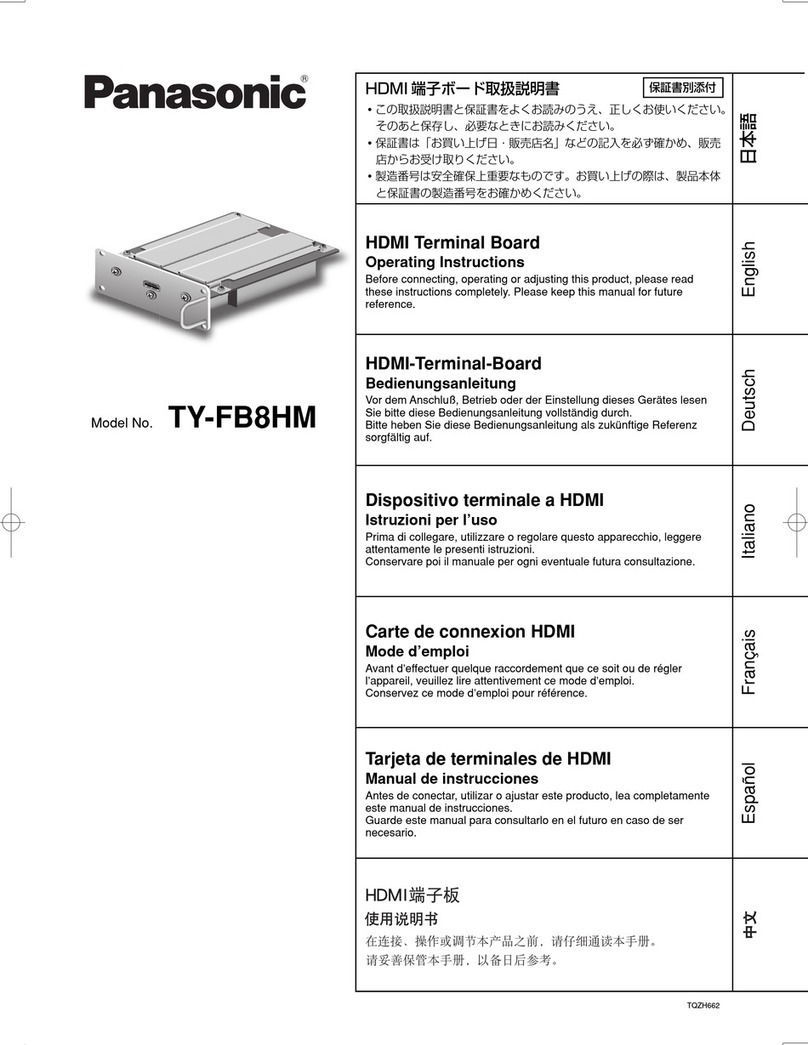
Contents
4 / 94 EN-US · 30.30.01.02237 · 00 · 04/20
6 Component Functions...................................................................................................................................44
6.1 Overview of Functions ......................................................................................................................... 44
6.2 Bus Module Functions .......................................................................................................................... 45
6.2.1 System Commands (0x0002)......................................................................................................45
6.2.2 Device Identification ................................................................................................................. 46
6.2.3 User-Specific Localization..........................................................................................................48
6.2.4 Access Rights: PIN Code for NFC Write Protection (0x005B) ................................................... 49
6.3 Device Status of the Whole Terminal SCTSi........................................................................................ 49
6.3.1 Device Monitoring (Determination of the Required System Parameters) ............................. 50
6.3.2 Device Diagnostics ..................................................................................................................... 53
6.4 Ejector SCPSt Functions ........................................................................................................................ 59
6.4.1 Switching Points (0x0064 to 0x0067)........................................................................................ 59
6.4.2 Control Functions (0x006D).......................................................................................................60
6.4.3 Blow-Off Function (0x006E) ...................................................................................................... 61
6.4.4 Set Permitted Evacuation Time t1 (0x006B)............................................................................. 62
6.4.5 Set Permitted Leakage (0x006C)............................................................................................... 63
6.4.6 Counters (0x008C, 0x008D, 0x008F, 0x0090)............................................................................ 63
6.4.7 Manual Operation of the Ejectors............................................................................................ 64
6.4.8 Changing the Blow-Off Flow Rate on the Ejector................................................................... 65
6.5 IO-Link Master Functions ..................................................................................................................... 66
6.5.1 Process Data Management ....................................................................................................... 66
6.5.2 IO-Link Port Configuration ....................................................................................................... 66
6.5.3 IO-Link ISDU – data management (read/write parameter data of IO-Link devices).............. 72
6.6 DI Module Functions ............................................................................................................................ 76
7 Transport and Storage..................................................................................................................................78
7.1 Checking the Delivery .......................................................................................................................... 78
7.2 Removing the Packaging ..................................................................................................................... 78
7.3 Reusing the Packaging......................................................................................................................... 78
8 Installation.....................................................................................................................................................79
8.1 Installation Instructions........................................................................................................................ 79
8.2 Mounting .............................................................................................................................................. 79
8.3 Connecting the Compressed Air and Vacuum.................................................................................... 80
8.3.1 Recommended Line Cross Sections (Internal Diameters) in mm............................................. 80
8.4 Electrical Connection............................................................................................................................ 81
8.4.1 Instructions for Start of Operations ......................................................................................... 82
8.4.2 Bus module ................................................................................................................................ 82
8.4.3 IOL Master Module.................................................................................................................... 83
8.4.4 DI module................................................................................................................................... 84
9 Operation ......................................................................................................................................................85
9.1 Safety Instructions for Operation........................................................................................................ 85
9.2 Checking for Correct Installation and Function ................................................................................. 85
10 Maintenance..................................................................................................................................................86
10.1 Safety .................................................................................................................................................... 86
10.2 Replacing the Silencer.......................................................................................................................... 86
10.3 Replacing the Press-In Screens............................................................................................................. 86
10.4 Cleaning the Compact Terminal.......................................................................................................... 86
11 Spare and wearing parts, accessories .........................................................................................................87
11.1 Spare and Wearing Parts ..................................................................................................................... 87
11.2 Accessories ............................................................................................................................................ 87
